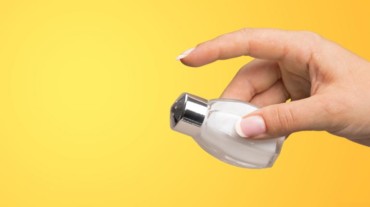
Salt is an integral part of our daily food consumption, but have we ever realised how mindlessly we consume this condiment? Whether it is curries, paranthas, snacks and more, salt always has to make a feature. Oh, and did we tell you it creeps into some many foods you are probably unaware of? Yes, it’s present in salad dressings, sauces and so many other foods! But how much salt is too much, and should we keep a check on our snacking?
The answer is YES. According to guidelines laid down by the World Health Organisation (WHO), the new benchmarks for sodium consumption is 5gm. You heard it right — that’s the recommended daily intake of salt. Guess what? Most people consume more than double this amount, and that’s alarmingly high.
Let’s come to the point — consuming processed and packaged food can really add to your sodium consumption. This includes foods like processed and packaged bread, savoury snacks, meat products and cheese.

“We need countries to establish policies to reduce salt intake and provide people with the information they need to make the right food choices. We also need the food and beverage industry to cut sodium levels in processed foods. WHO’s new benchmarks give countries and industry a starting point to review and establish policies to transform the food environment and save lives,” said Dr Tedros Adhanom Ghebreyesus, WHO’s Director-General.
As most of us know, salt is iodised and is necessary to maintain cell metabolism. It is also essential for the functioning of the nervous system. But the issue is when it makes its presence felt in processed foods, and boy, the amount is abysmally high. In fact, excess consumption of salt can pose various health risks, including high blood pressure as well as heart disease and stroke.

According to WHO data, most people consume 9-12 gm of salt every day, on an average. Moreover, the study also shows that reducing salt intake can really help to improve the health of a country. As alarming as it may sound, almost 2.5 million deaths could be prevented globally if salt consumption is cut down to recommended levels.
The consumption of salt can really go up, especially if you consume fried foods or namkeens and chips. But once you get how to control your 4’o clock cravings, there’s no such issue at all! Try swapping salty foods with healthy alternatives like fruits and veggies, nuts and seeds, roasted chana, hard boiled eggs, low fat cheese, hummus and more.
So, pay extra attention to how much salt you eat, and you’ll be good. As they say, prevention is better than cure!